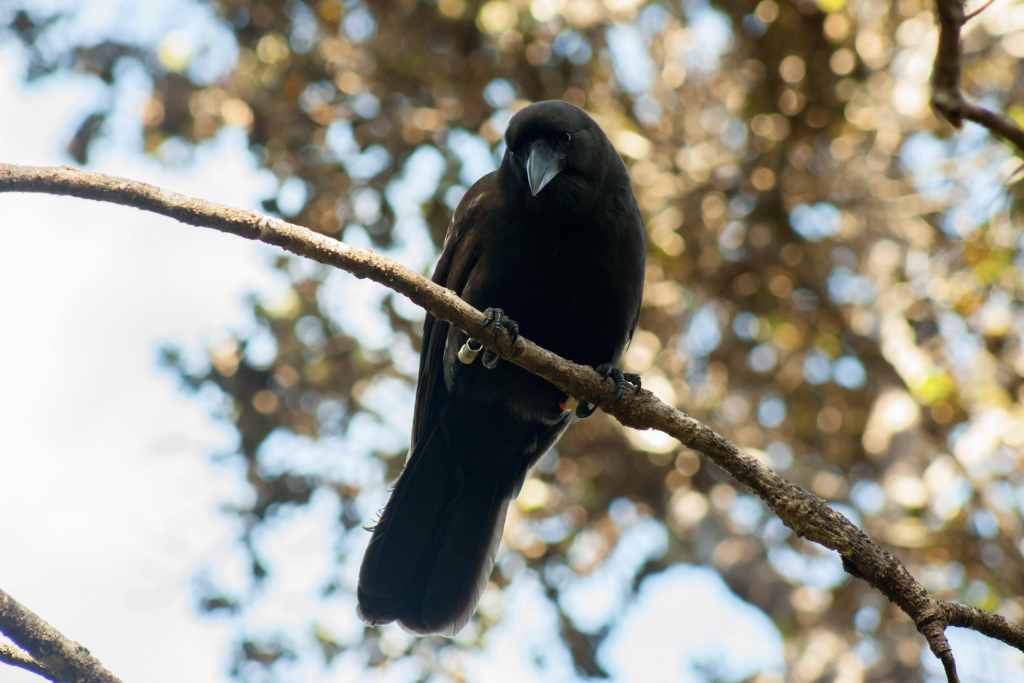Final EA and FONSI published for Pilot Release of ʻAlāla on East Maui

The US Fish and Wildlife Service and the Hawai‘i Department of Land and Natural Resources Division of Forestry and Wildlife announced a final environmental assessment and a finding of no significant impact for a pilot release of ʻalalā (Hawaiian crow) in EastMaui.
This announcement reflects the work of The ʻAlalā Project, a partnership between the US Fish and Wildlife Service’s Pacific Islands Fish and Wildlife Office, State of Hawai‘i Department of Land and Natural Resources Division of Forestry and Wildlife, and San Diego Zoo Wildlife Alliance.
ʻAlalā is listed as endangered under the Endangered Species Act of 1973 and has been extinct in the wild since 2002. The ʻAlalā Project works to support the conservation and recovery of ‘alalā, so they can return to the wild and fulfill their ecological and cultural roles in the forests of Hawai‘i.
ʻAlalā was historically found on the island of Hawai’i and currently survives only in captivity at two conservation breeding centers on Hawai‘i Island and Maui. ʻAlāla are important to Hawaiʻi’s forests. The seeds they eat and disperse support native plants, and their release to East Maui would play an important role in the overall recovery of forest ecosystems.
In Hawaiian culture, ʻalalā are regarded as ʻaumākua (family guardian) and its cry was considered a warning not to enter certain places. ʻAlalā are included in the Kumulipo, the Native Hawaiian creation chant that details the emergence of all life forms. This acknowledgement is significant as it demonstrates the familial relationships and connections that Native Hawaiians continue to have with ‘alalā.
This multi-partner pilot release allows wildlife managers the opportunity to monitor and evaluate ʻalalā and its potential for survival and breedingin the forests of East Maui without risk of depredation by ‘io (Hawaiian hawk). In consideration of public comments that were given after two separate 30-day public comment periods, the Environmental Assessment provides background information on ‘alalā, outlines the proposed action, examines potential impacts, and explores strategies to avoid adverse impacts of the project on East Maui.
The environmental assessment also evaluates Kīpahulu Forest Reserve and Koʻolau Forest Reserve as potential release sites and considers impacts to adjacent private and National Park Service lands. Partners involved in the coordination of the pilot release in East Maui are: Department of Lands and Natural Resources Division of Forestry and Wildlife, The ʻAlalā Project, University of Hawaiʻi Pacific Cooperative Studies Unit Maui Forest Bird Recovery Project, San Diego Zoo Alliance, and Haleakalā National Park.





















